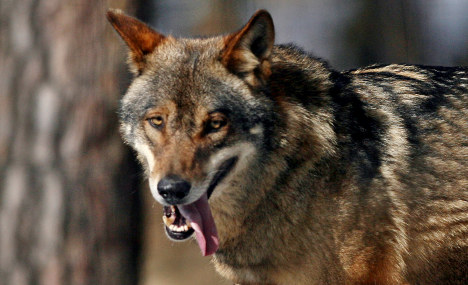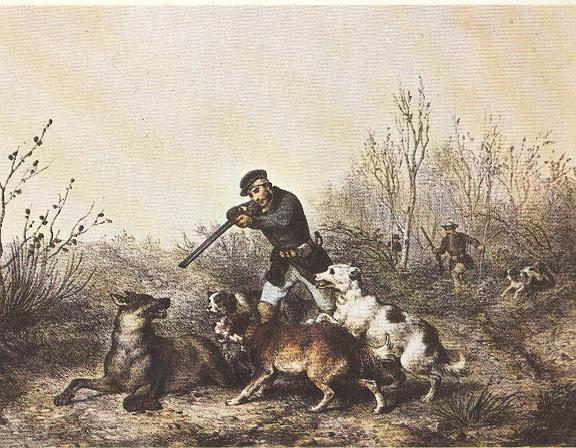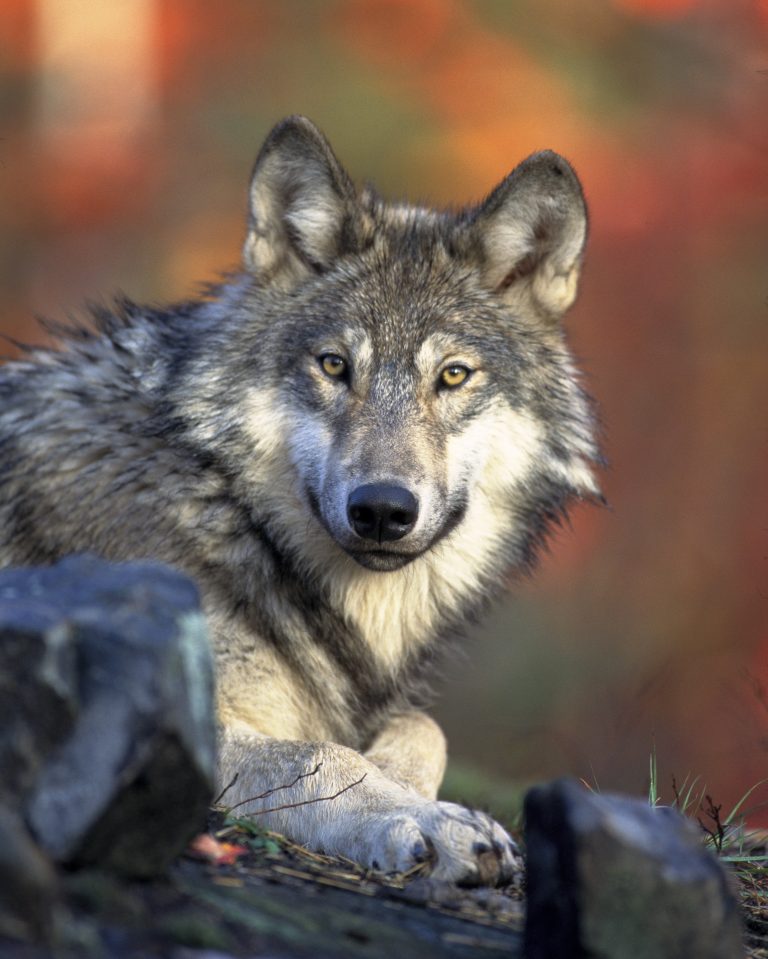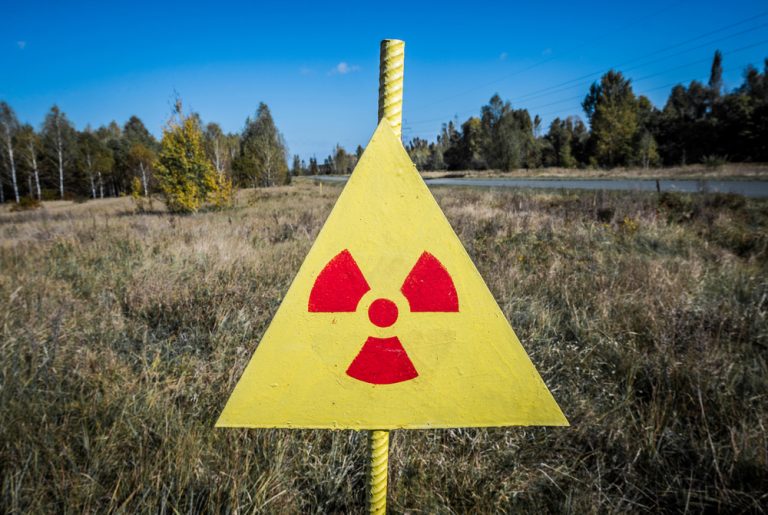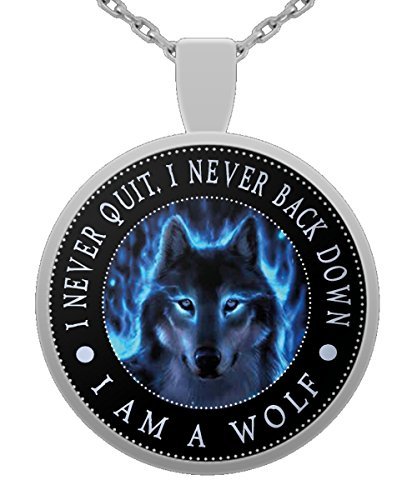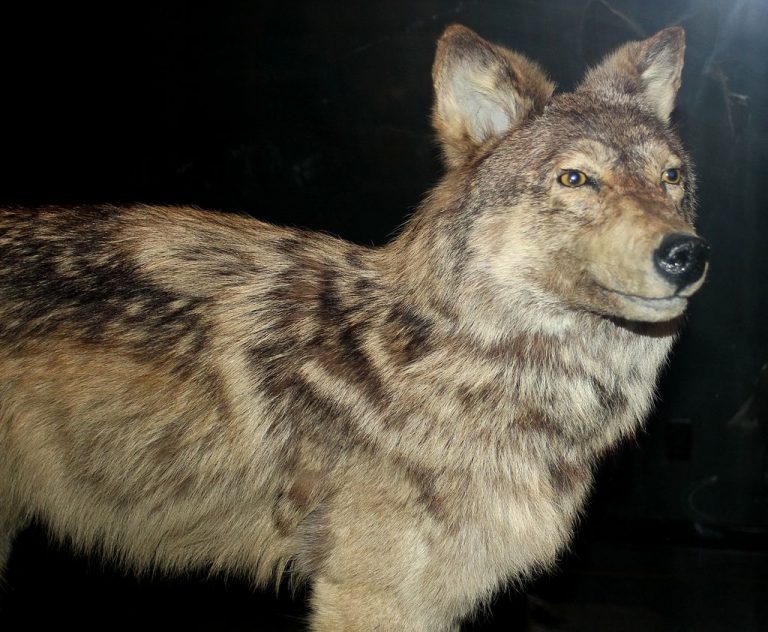The History Of Wolves And Dogs
In this brief history of wolves and dogs, we look at the relationship between humans, wolves and dogs over the years.
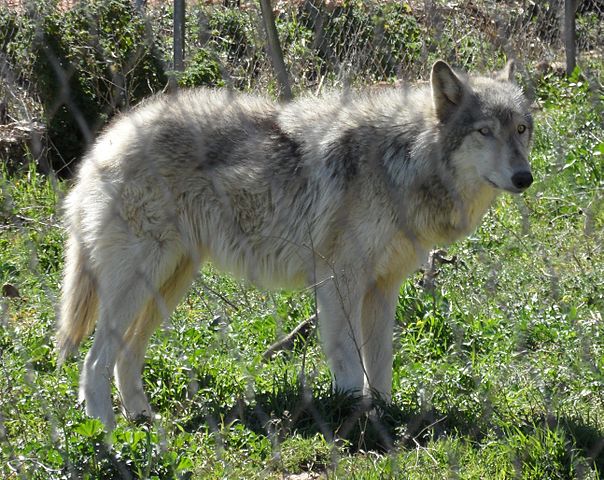
The staggering differences between the still-growing list of dog breeds are the effects of thousands of years of interbreeding to create over 150 distinct breeds. Charles Darwin thought that dogs were domesticated from many different types of wild dogs, but according to modern science, he was wrong.
Rather, DNA analysis on wolves and dogs indicate that dogs are direct descendants of the gray wolf.
Research suggests that wolves transformed into dogs as long as 130,000 years ago. That’s when they began having human interactions and gradually developed behaviors seen in domesticated dogs today. Dogs would have had to adjust to human interaction before humans even practiced agriculture.
The domestication of wolves began long ago, occurring more than once throughout history. In fact, it is believed to still occur among wolves in different regions of the world to date.
Wolves And Dogs: From The Wild To The Homes Of Humans
Based on recent observations, wolves are preying on livestock and feeding on garbage/leftovers from humans. Wolves are becoming closer to humans because of this. Also, it’s possible they may soon begin to rely on these food sources to the point where not only do they begin to domesticate, but they share a friendly bond with humans.
These animals discovered a niche in which they fit in with early humans. Dogs likely spearheaded the domestication: humans did not immediately take dogs into their homes.
Instead, wolves began scrounging at campsites, and humans found them to be beneficial in guarding their families and ridding them of rats and food garbage. Conditions would have become cleaner, ultimately decreasing the disease rate.
These once-wild wolves had gradually developed social contracts with early civilizations. Humans found that these animals served as protectors because they would bark if predators or danger was near. Dogs also let adults know if babies were in danger, which has carried on to be a beneficial reason of owning a dog today.
People then began training these domesticated wolves and dogs to obey them, hunt other animals, and perform other jobs such as pulling sleds. These animals in each region of the world adapted to unique jobs and lifestyles. While wolves and dogs evolved their forms to fit their functions, they also evolved new behaviors.
In essence, dogs as we know them today are actually domesticated wolves.
Wolves And Dogs: Modern Differences Between Both.
The evolutionary relationship between dogs, wolves and humans is dependent on domestication. As wolves were domesticated into dogs, both their behavior and form changed. Humans found wolves as aggressive and dominant. But slowly and gradually, as they transitioned into wild dogs and eventually house pets, these animals’ need for aggression relaxed.
Some notable changes between these two canids over the years include:
Facial Expressions. A dog’s facial expressions and actions have changed in meaning when compared to that of wolves or ancient wild dogs. The expressions of a dog can be difficult to understand, unlike in a wild dog whose barred teeth and growling clearly indicate aggression and warning.
Though a domesticated dog may also display this exact behavior, but it could mean warning, or play.
Biting. Domesticated dogs may also bite without warning, while wild dogs would typically first show signs of aggression.
Rolling. Wild dogs display submission by rolling onto their back. This behavior has lost its meaning in dogs today. When a pet dog rolls onto his back, he is doing this for attention or on command instead of doing so as a method of surrendering as a wild dog would.
Some Important Considerations In The Present-Day Condition Of Domesticated Dogs.
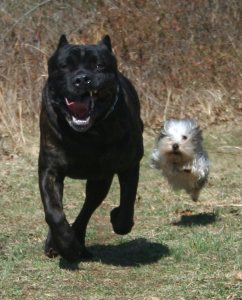
Although humans have developed a companion and protector from wolf domestication, diseases acquired from the concentrated genes of each domesticated breed are often a threat to dog health.
While the general acceptance of dogs has cemented the dog and human relationship, humans continue to force domesticated dogs to adapt to their preferences. This happens through interbreeding.
For instance, people breed dogs to achieve unique features such as a greyhound’s speed, a pug’s facial features, etc. But unintentionally, they increased the likelihood of disease.
A greyhound is prone to joint troubles. That’s because it’s forced to evolve into a racing dog bred specifically for a large chest and long slender body.
Pugs often suffer from luxating patella, where the patella falls out of place frequently. They also suffer with breathing difficulty which is common among short-muzzled dogs.
The droopy eyes of bloodhounds cause dry eye, and their short legs holding up their regular-sized bodies cause hip and elbow dysplasia.
Today, each breed is known for its own individual problems, and these come principally from the continuous drive by humans to manipulate dog breeds.

